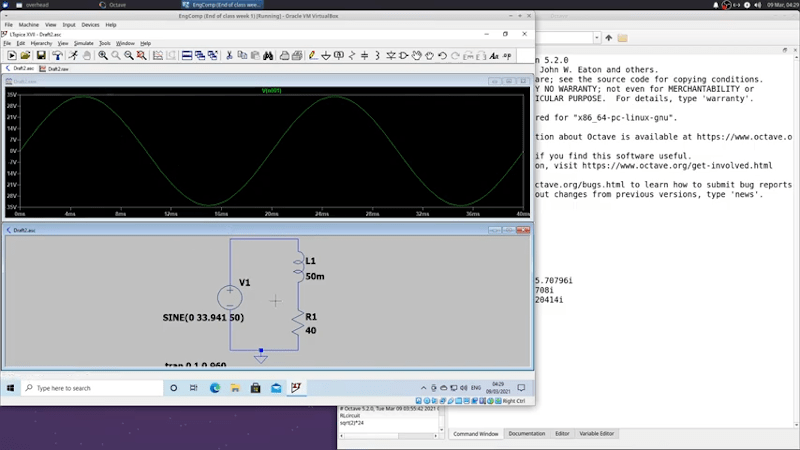Upgrade your engineering skills with this $29 MATLAB training bundle
Discover how to build your own apps with The Essential MATLAB & LabVIEW Mega Bundle on sale for a limited time.
The post Upgrade your engineering skills with this $29 MATLAB training bundle appeared first on TechRepublic.
Continue reading Upgrade your engineering skills with this $29 MATLAB training bundle
